|
Getting your Trinity Audio player ready...
|
In March 2024, the then-CTO, Mira Murati, announced OpenAI’s new multimodal model called GPT-4o, where “o” stands for “omni,” which became publicly available by May 2024.
GPT-4o has since become the most sought-after multimodal model, originally billed as a less expensive version of OpenAI’s most advanced AI model at the time. If you’re unfamiliar, a multimodal model is capable of creating and understanding text, video, audio, and images.
However, they were still using DALL·E 3 as the image generation model, which is now quite outdated given that newer image-generation models like Midjourney and FLUX currently dominate the billion-dollar global AI image generator market.
GPT-4o replaces DALL·E 3
OpenAI has officially replaced DALL·E 3 with GPT-4o as the default image generation model within its ChatGPT platform. This upgrade introduces a more advanced, natively multimodal system capable of generating highly realistic and accurate images.
GPT-4o brings several improvements over DALL·E 3, including better attribute binding, more coherent text rendering within images, and the ability to generate transparent backgrounds for use in logos and presentations.
It uses an autoregressive approach to image generation, which differs from the diffusion-based method used by DALL·E and allows for more precise control over visual elements.
The Image Generation Announcement caused a GPU Meltdown
The new GPT-4o-powered image generation feature, which the company is calling “Images in ChatGPT,” has been rolled out across all ChatGPT subscription tiers, including Free, Plus, Team, and Pro, with one caveat for the free users.
Sam Altman, the CEO of OpenAI, along with two researchers, showed the model’s creative abilities in a strikingly personal way. They took a selfie and changed the image into a Studio Ghibli-style illustration — complete with the bold caption: “FEEL THE AGI.”
This announcement has ignited a wildfire of excitement across platforms like X, Instagram, and YouTube. Everyone started transforming their images into Studio Ghibli-style photos and sharing them across every social media platform—hundreds of thousands of people, all at once.
Altman later posted on X that the sheer number of image generations had caused the GPUs to melt.
Hence, image generation capabilities have been halted for the free tier and limited to three generations per day. OpenAI has also temporarily implemented rate limits.
Creating Ghibli-style images with GPT-4o
There are dozens of examples of GPT-4o being used by users and creators all over the world. While I like most of them, let me share some illustrations of the images where the images were turned into Ghibli-style illustrations.

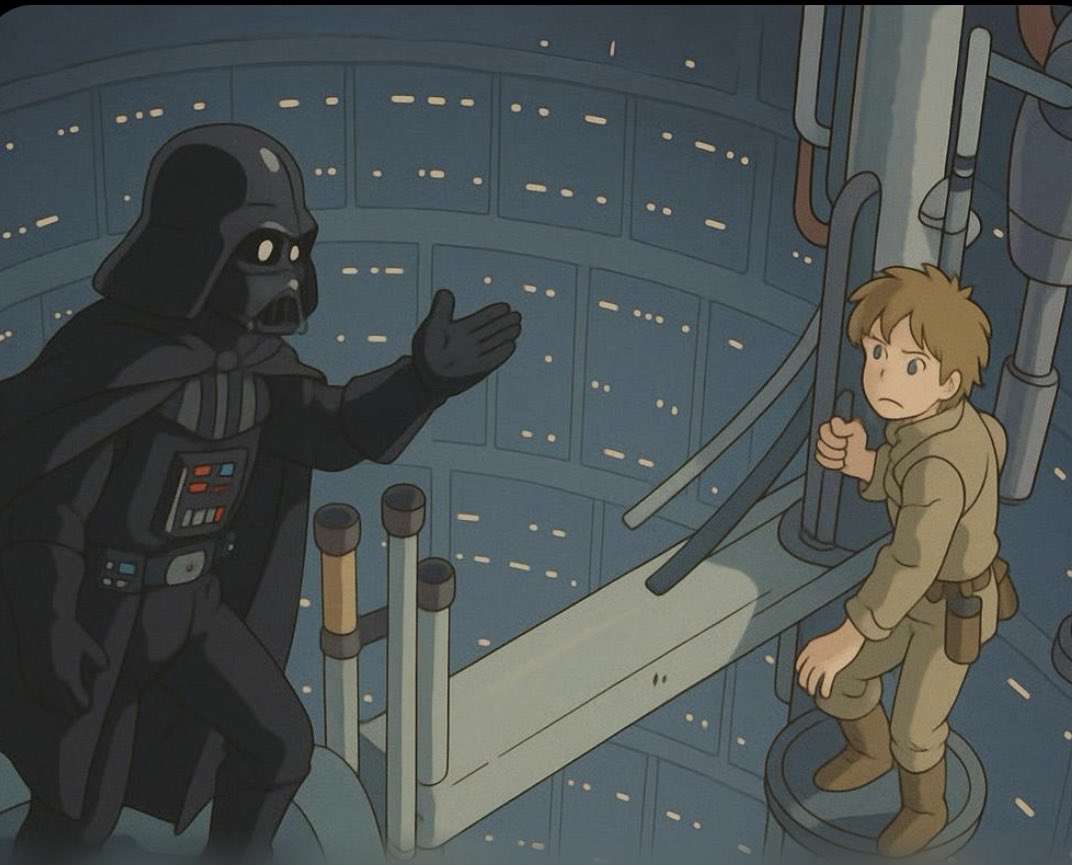
Studio Ghibli is an animation studio based in Japan, known for its stunning hand-drawn art and emotionally rich storytelling. Simply upload the original image and use a prompt like “Turn this image into a Ghibli-style portrait.” You can phrase it however you like — just make sure to mention “Ghibli” or “Studio Ghibli” as the style.
In fact, you can change your favorite meme into a Ghibli-style image, and the results are so incredible.
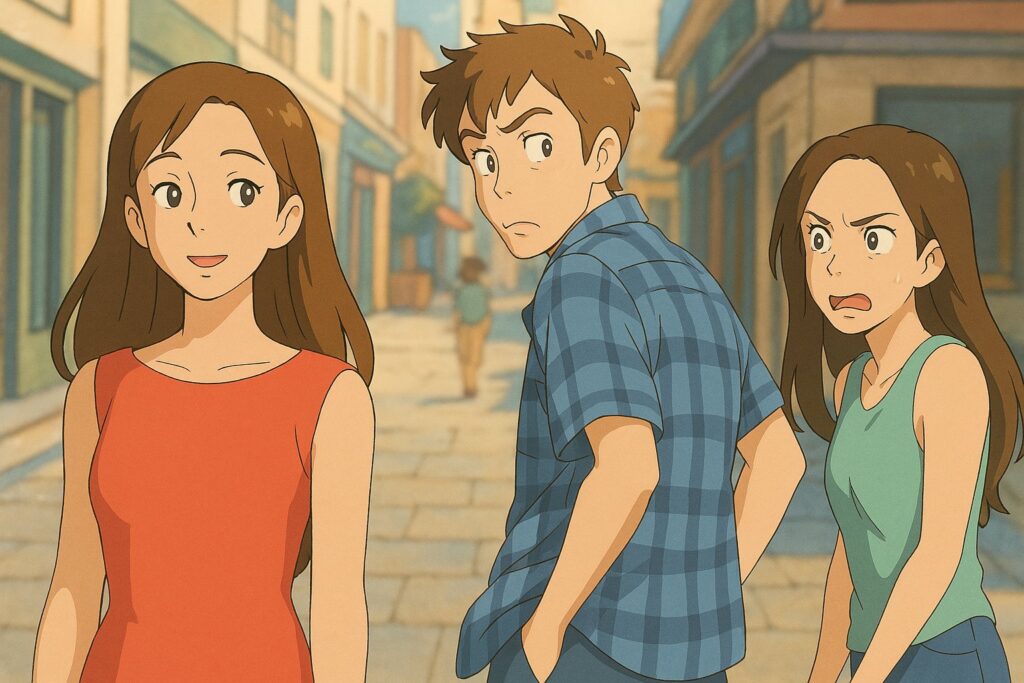
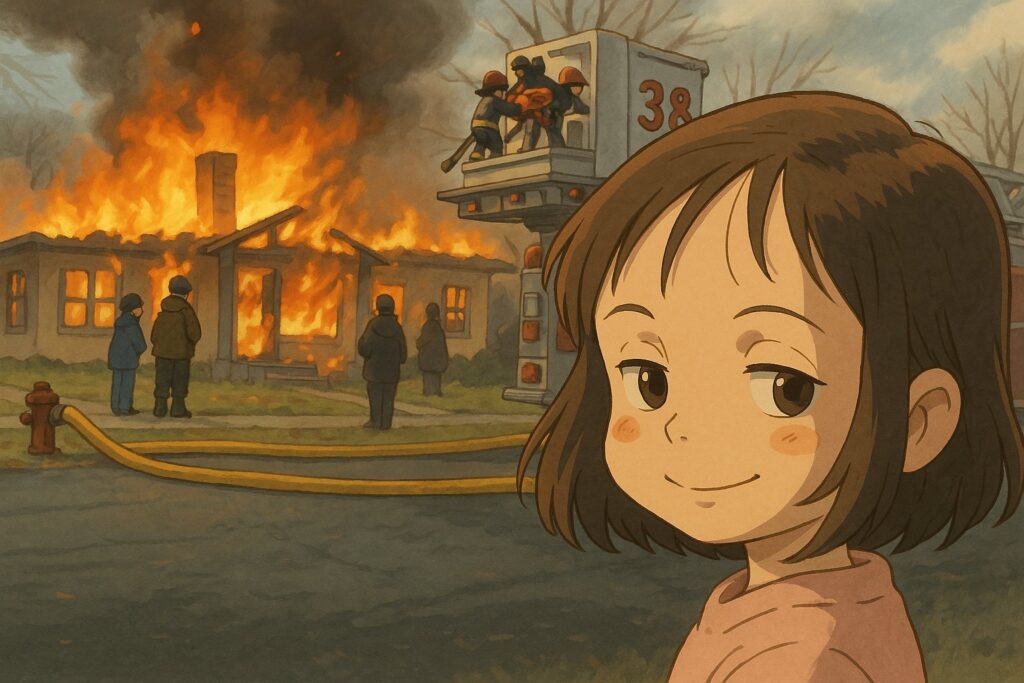
Your favorite memes have been turned into Studio Ghibli-style images. Thanks to ChatGPT 4o.
I have even tried it with my image, and the result is quite realistic.


As you can see, the details of the original image have been beautifully captured by the image generated by GPT-4o — even the background elements. It is quite impressive with which it creates the images.
Trying on a Different Dress in your Photo
You can do more than create Ghibli-style images. You can upload an image and change the dress of the person in the image.
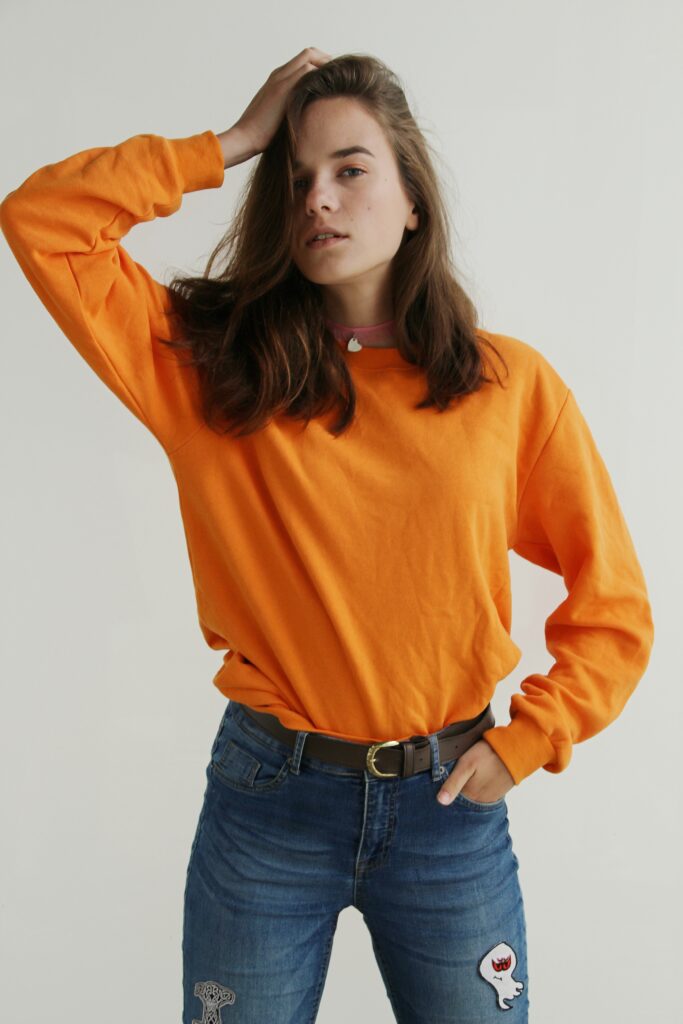
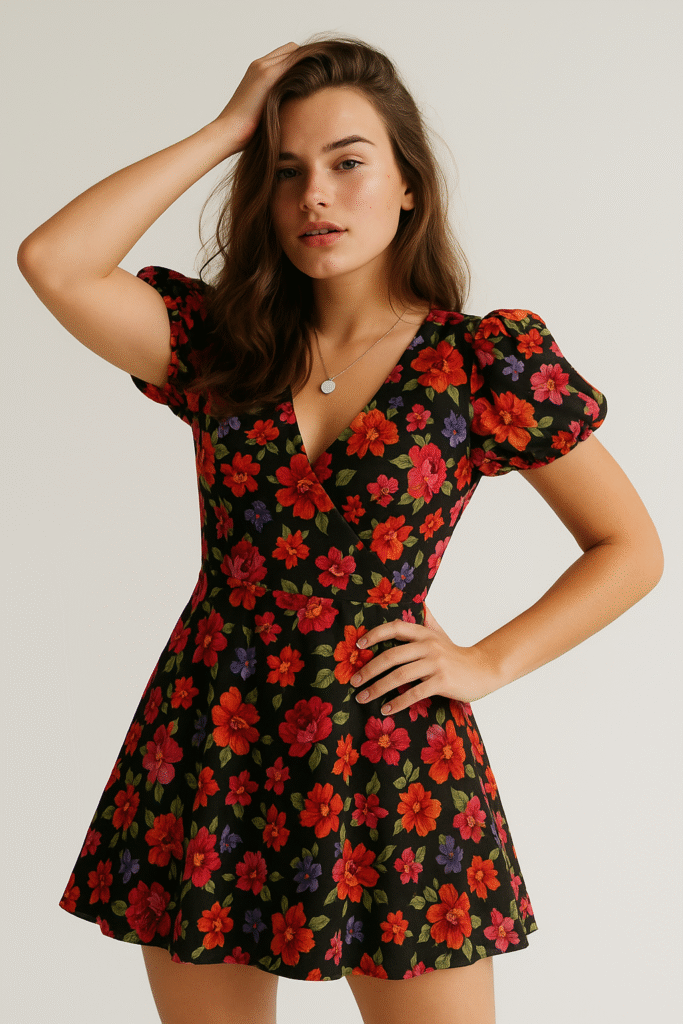
With ChatGPT 4o, you can virtually change the clothes in a photo to something completely different. Just upload your picture and give a prompt like, “Make her a floral dress for a party.”
The model will then generate a new version of the image with the updated outfit, styled as requested. This is a game-changer for small startups that are trying to promote their clothes but don’t have the budget and finances to hire a model.
Generating Hyperrealistic Images
GPT-4o can generate hyperrealistic images comparable to Midjourney and FLUX. I have tested with different prompts, and the results are phenomenal. The images that are eerily similar to real life, blurring the line between artificial and actual.

Prompt: A candid paparazzi-style photo of Hayley Atwell hurriedly walking through the parking lot of the Mall of Europe, glancing over her shoulder with a startled expression as she tries to avoid being photographed. She’s wearing black sunglasses and clutching multiple glossy shopping bags filled with luxury goods. Her coat flutters behind her in the wind, and one of the bags is swinging as if she’s mid-stride. Blurred background with cars and a glowing mall entrance to emphasize motion. Flash glare from the camera partially overexposes the image, giving it a chaotic, tabloid feel.
These images can feature intricate details like natural lighting, skin textures, shadows, reflections, and depth of field — the elements that traditionally required high-end photography or manual design. The realism is so convincing that it’s often difficult to distinguish an AI-generated image from a real photograph without close inspection.
This level of visual fidelity opens up creative possibilities in entertainment, marketing, virtual production, and design. It also raises important ethical considerations around misinformation and digital authenticity.
Closing Thoughts
With GPT-4o, we’re entering a new era of AI-generated media — one where the lines between human-made and machine-made are blurring faster than ever.
This model doesn’t just generate images; it understands context, emotion, and nuance, delivering visuals that feel eerily real and intentionally crafted.
Industries are already taking notice. From ad agencies and content studios to startups building personalized visual experiences, GPT-4o is quietly becoming the image generator of choice. It’s fast, efficient, and getting smarter with every iteration.
There are so many use cases for GPT-4o that I couldn’t cover everything in a single article. But I’ll say this — right now, this is the only subscription you need if you’re looking to create images for your projects.
Will it dominate the multimodal space and define the future of content creation?
Too early to say.
If this article provided you with value, please support me by buying me a coffee—only if you can afford it. Thank you!



